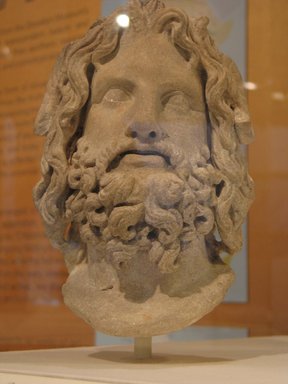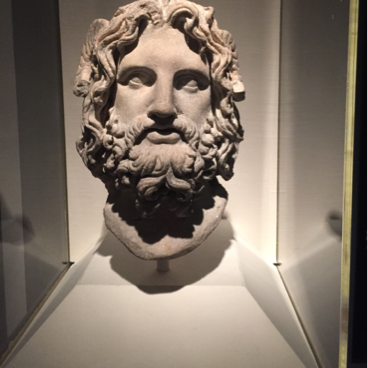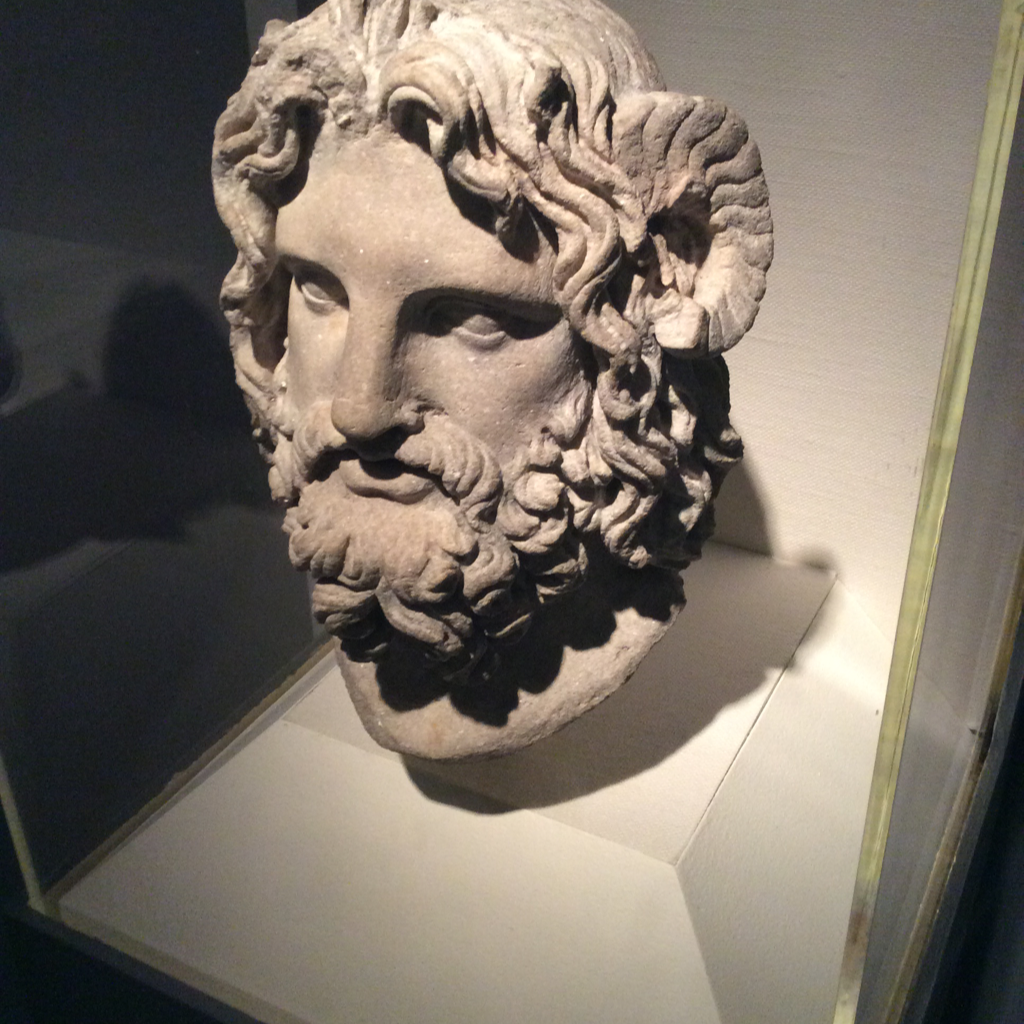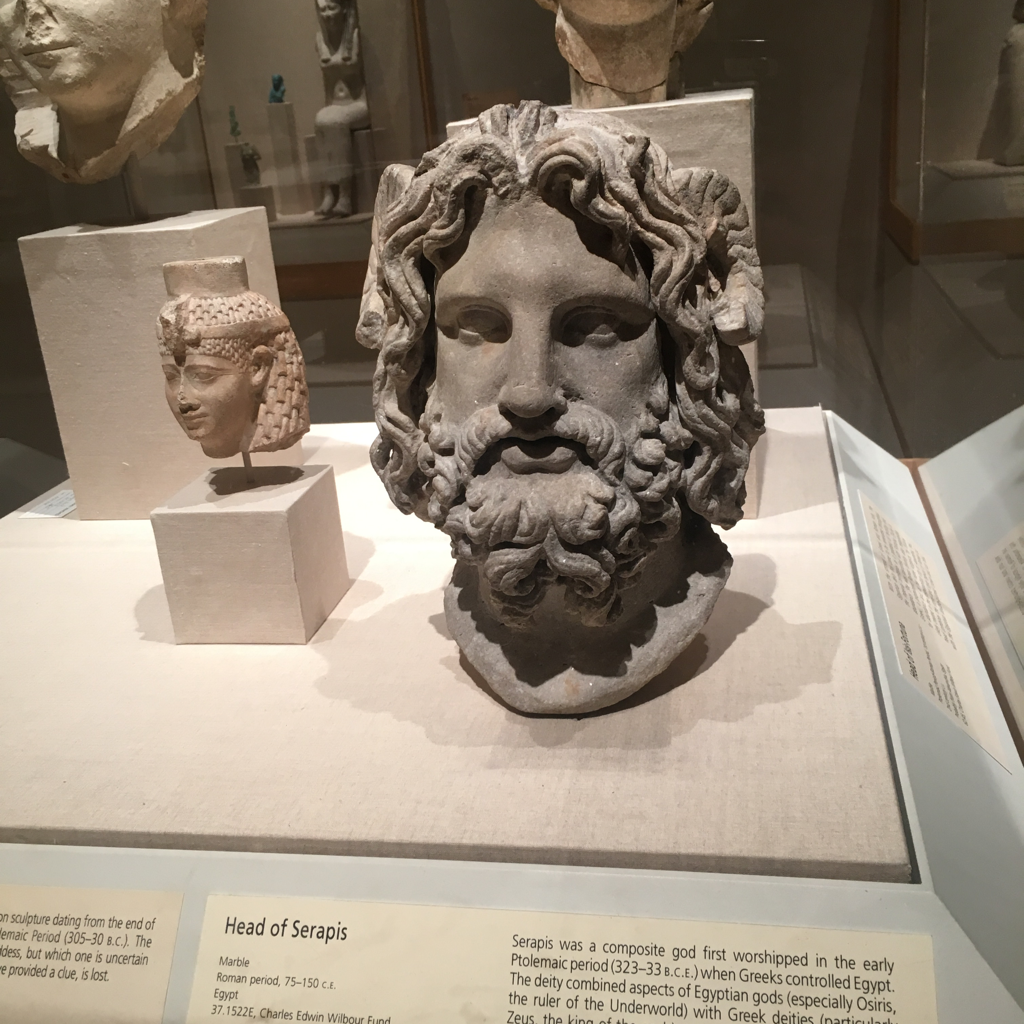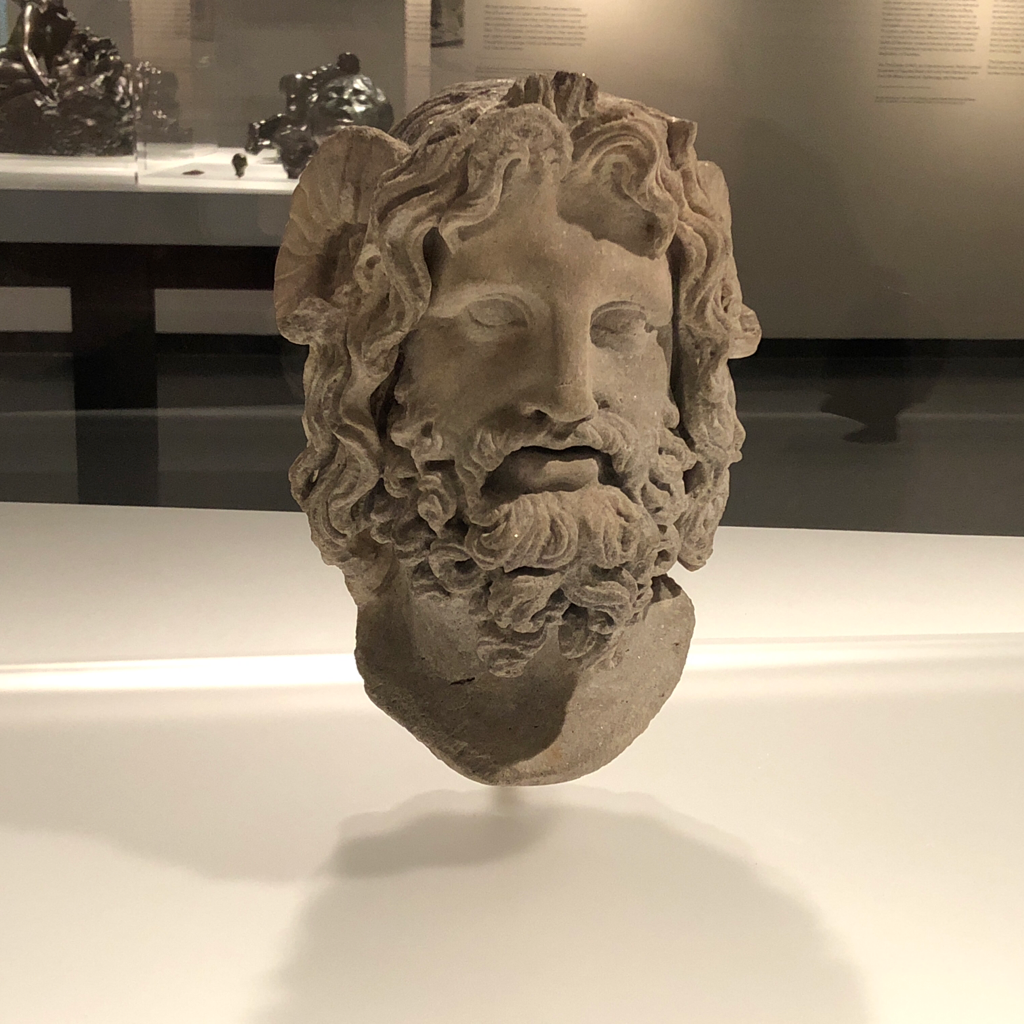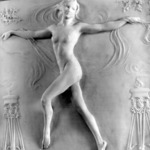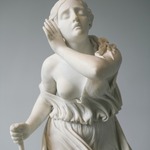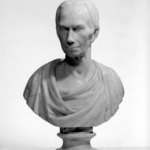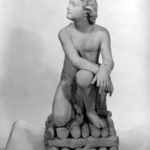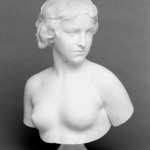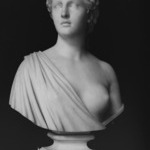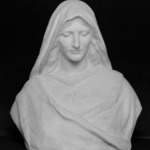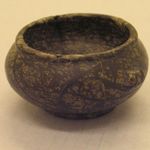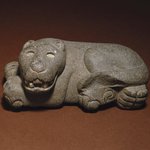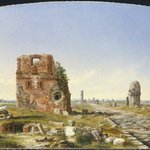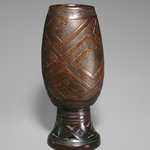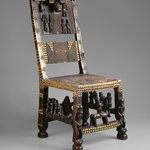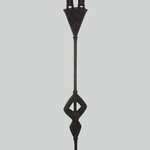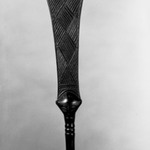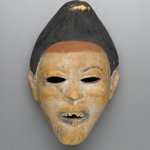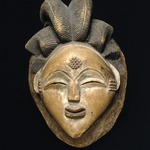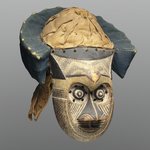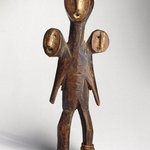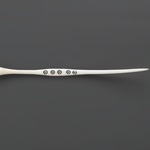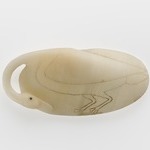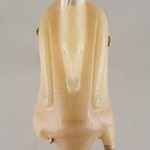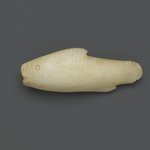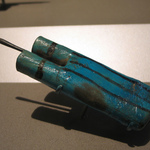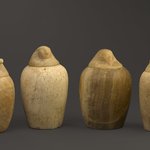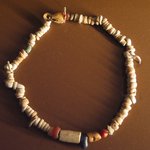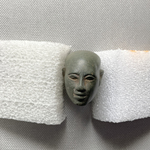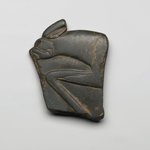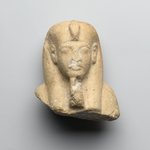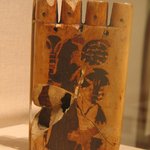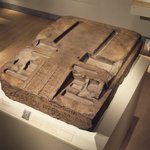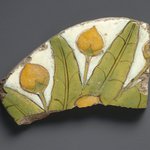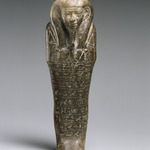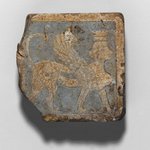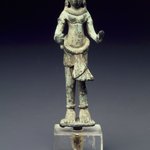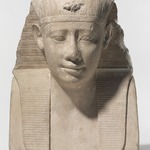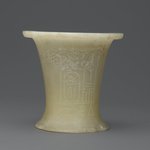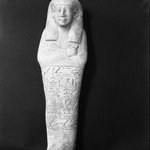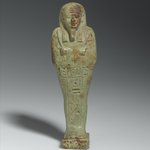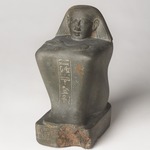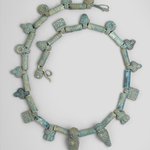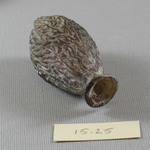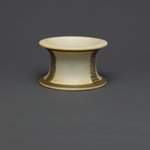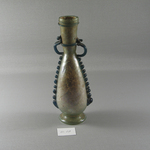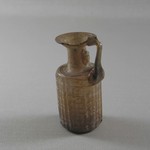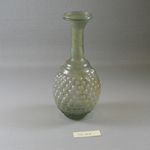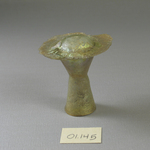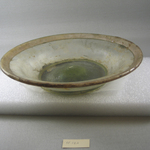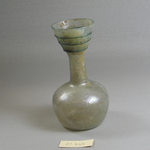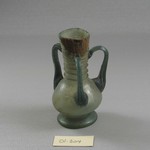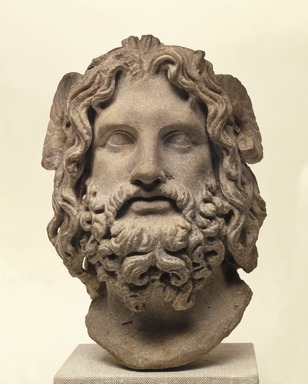

Roman. Head of Serapis, 75–150 C.E. Marble, 10 3/8 x 7 3/8 x 6 7/8 in. (26.4 x 18.7 x 17.5 cm). Brooklyn Museum, Charles Edwin Wilbour Fund, 37.1522E. Creative Commons-BY (Photo: Brooklyn Museum, 37.1522E_SL1.jpg)
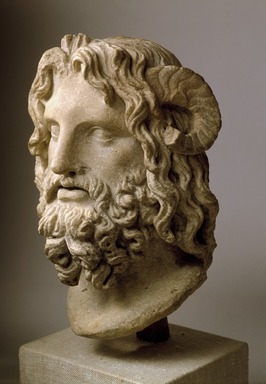
Roman. Head of Serapis, 75–150 C.E. Marble, 10 3/8 x 7 3/8 x 6 7/8 in. (26.4 x 18.7 x 17.5 cm). Brooklyn Museum, Charles Edwin Wilbour Fund, 37.1522E. Creative Commons-BY (Photo: Brooklyn Museum, 37.1522E_threequarter_left_SL1.jpg)
Head of Serapis
Egyptian, Classical, Ancient Near Eastern Art
CULTURE
Roman
MEDIUM
Marble
DATES
75–150 C.E.
PERIOD
Early Roman Period
DIMENSIONS
10 3/8 x 7 3/8 x 6 7/8 in. (26.4 x 18.7 x 17.5 cm)
21.2 lb. (9.62kg) (show scale)



COLLECTIONS
Egyptian, Classical, Ancient Near Eastern Art
ACCESSION NUMBER
37.1522E
CREDIT LINE
Charles Edwin Wilbour Fund
PROVENANCE
Archaeological provenance not yet documented; by 1848, acquired by Henry J. Anderson; by March 6, 1877, gift of Henry Anderson or E. Ellery and Edward H. Anderson to the New-York Historical Society, New York, NY; 1937, loaned by the New-York Historical Society to the Brooklyn Museum; September 1948, purchased from the New-York Historical Society by the Brooklyn Museum.
Provenance FAQ
CATALOGUE DESCRIPTION
Marble Ammon-Serapis head with wavy beard and moustache. Rams horns crown the head.
Condition: The tip of both horns is broken off. The head was made separately and attached to statue. A thin crack is seen across the tip of the nose and nostrils. A brown stain exists, which covers as area on the right side of the head behind the horn. All the work of the beard etc. was done with the running drill.
EXHIBITIONS
MUSEUM LOCATION
This item is not on view
CAPTION
Roman. Head of Serapis, 75–150 C.E. Marble, 10 3/8 x 7 3/8 x 6 7/8 in. (26.4 x 18.7 x 17.5 cm). Brooklyn Museum, Charles Edwin Wilbour Fund, 37.1522E. Creative Commons-BY (Photo: Brooklyn Museum, 37.1522E_SL1.jpg)
IMAGE
overall, 37.1522E_SL1.jpg. Brooklyn Museum photograph, 2010
"CUR" at the beginning of an image file name means that the image was created by a curatorial staff member. These study images may be digital point-and-shoot photographs, when we don\'t yet have high-quality studio photography, or they may be scans of older negatives, slides, or photographic prints, providing historical documentation of the object.
RIGHTS STATEMENT
Creative Commons-BY
You may download and use Brooklyn Museum images of this three-dimensional work in accordance with a Creative Commons license. Fair use, as understood under the United States Copyright Act, may also apply.
Please include caption information from this page and credit the Brooklyn Museum. If you need a high resolution file, please fill out our online application form (charges apply).
For further information about copyright, we recommend resources at the United States Library of Congress, Cornell University, Copyright and Cultural Institutions: Guidelines for U.S. Libraries, Archives, and Museums, and Copyright Watch.
For more information about the Museum's rights project, including how rights types are assigned, please see our blog posts on copyright.
If you have any information regarding this work and rights to it, please contact copyright@brooklynmuseum.org.
RECORD COMPLETENESS
Not every record you will find here is complete. More information is available for some works than for others, and some entries have been updated more recently. Records are frequently reviewed and revised, and we welcome any additional information you might have.

